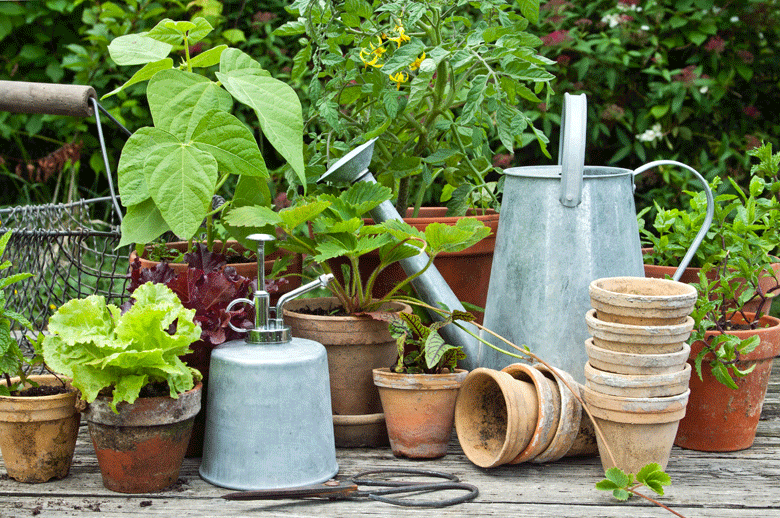
Developing the root ball
Potting on in various stages in a plant’s growth is extremely important. If you want healthy, Chillies allow a mass of roots to fill its pot. Then gradually transplant into bigger pots to develop the Chilli plants root ball. This will ultimately lead to a plant, which can keep itself well nourished.
The first potting on normally happens when the seedings are pricked out of their starting medium. and potted on into pots. This year, of course, I have far too many to do this. Instead, I will keep the seedlings as they are and transplant them intact in the pellets directly into pots. I will let them grow for a couple of weeks, and then thin them out. Only the strongest will remain. The less robust specimens will (sadly) have their stems snipped off at the base
 The pots I will use for this are compostable peat pots about 2 inches wide and three inches high. To get the repotting started, I will mix John Innes compost number one with vermiculite in a ratio of two parts to one. The pots will then be filled to about a third full of this mixture. A peat pellet (with seedlings) will be placed on top of this (see note). The pellets will then be covered with compost, with the seedling’s stems sticking out above the surface. There is no need to be too precise about this. Chillies don’t mind their stems being buried deeply, but as a general rule, I try to have at least an inch (25 mm) of the stem sticking out above the compost.
The pots I will use for this are compostable peat pots about 2 inches wide and three inches high. To get the repotting started, I will mix John Innes compost number one with vermiculite in a ratio of two parts to one. The pots will then be filled to about a third full of this mixture. A peat pellet (with seedlings) will be placed on top of this (see note). The pellets will then be covered with compost, with the seedling’s stems sticking out above the surface. There is no need to be too precise about this. Chillies don’t mind their stems being buried deeply, but as a general rule, I try to have at least an inch (25 mm) of the stem sticking out above the compost.
These peat pots will be placed in a seedling tray on top of some capillary matting. I will then mix Chilli Focus (or a similar fertilizer) with water at the rate of 2.5 ml per litre of water, and wet the capillary matting until it is drenched. As soon as I do this, the peat pots will start sucking water from the matting through capillary action. This will ensure that the roots get enough water and nutrients for the seedling to grow.
It is always best to water seedlings in this way. If you water them from the top, there is a good chance that fungus gnats will arrive and start laying their eggs into the soil. Fungus gnats love wet surface soil, especially in seedling trays. Once the fungus gnat’s eggs hatch, the resultant larvae pose a threat to seedling root health.
The newly potted seedlings have now seen the last of the grow lights and will be placed on a sunny window sill indoors for them to progress in their growth.
This year, as a method of controlling the fungus gnats thoroughly, I will experiment with nematodes. Dosing plants with nematodes is a biological method of controlling these nasty little creatures. My next post will detail how I will do this.
Note. Some growers prefer cutting the netting of the pellet away before doing this. I still have an open mind about this
